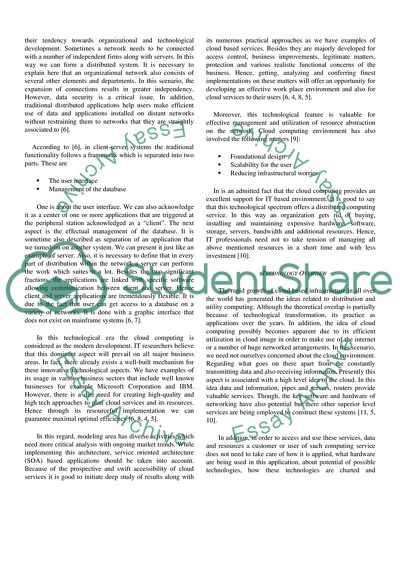Cite this document
(Security Issues for Cloud Computing Systems Research Paper Example | Topics and Well Written Essays - 3750 words, n.d.)
Security Issues for Cloud Computing Systems Research Paper Example | Topics and Well Written Essays - 3750 words. https://studentshare.org/information-technology/1816209-security-issues-for-cloud-computing-systems
Security Issues for Cloud Computing Systems Research Paper Example | Topics and Well Written Essays - 3750 words. https://studentshare.org/information-technology/1816209-security-issues-for-cloud-computing-systems
(Security Issues for Cloud Computing Systems Research Paper Example | Topics and Well Written Essays - 3750 Words)
Security Issues for Cloud Computing Systems Research Paper Example | Topics and Well Written Essays - 3750 Words. https://studentshare.org/information-technology/1816209-security-issues-for-cloud-computing-systems.
Security Issues for Cloud Computing Systems Research Paper Example | Topics and Well Written Essays - 3750 Words. https://studentshare.org/information-technology/1816209-security-issues-for-cloud-computing-systems.
“Security Issues for Cloud Computing Systems Research Paper Example | Topics and Well Written Essays - 3750 Words”. https://studentshare.org/information-technology/1816209-security-issues-for-cloud-computing-systems.


